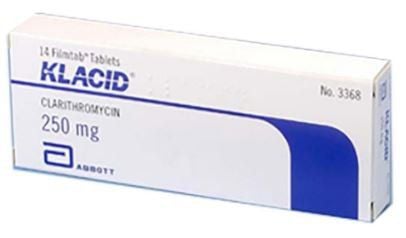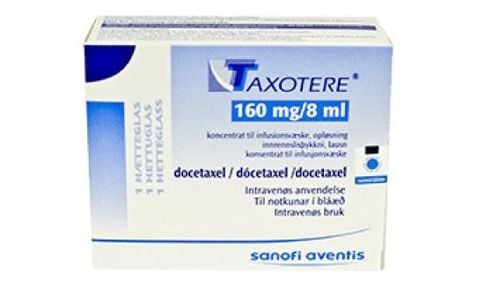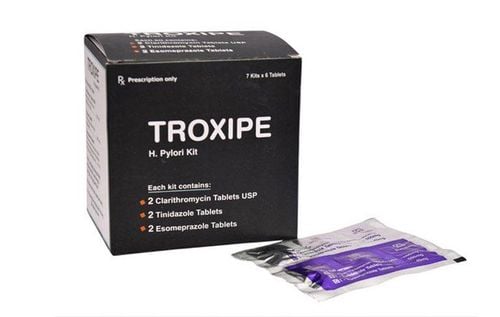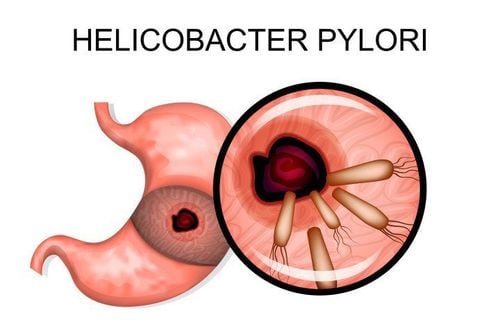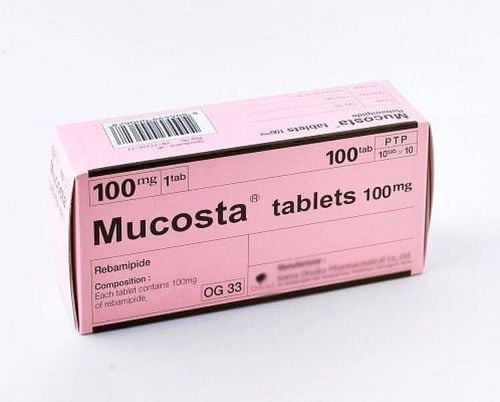This is an automatically translated article.
Posted by Master, Doctor Pham Thi Thu Huong - Head of Department of Gastroenterology - Endoscopy - Department of Gastroenterology - Endoscopy - Vinmec Times City International Hospital.Helicobacter pylori (H.p), also known as H.pylori, is a type of bacteria commonly found in the stomach. About half of the world's population is infected with H. Most people infected with H. pylori have no symptoms. However, H. pylori has the potential to cause a number of digestive problems, including ulcers and, less commonly, stomach cancer. It is not clear why some people with H. pylori get these problems and others do not.
1. Source of H.pylori . infection
H.pylori can be spread by eating or drinking contaminated food or water through feces. H. pylori causes changes to the stomach and duodenum (the first part of the small intestine). Helicobacter pylori invades the connective tissue along the stomach. This leads to the release of certain enzymes and toxins and activation of the immune system. Together, these factors can directly or indirectly damage the cells of the stomach or duodenum. This causes chronic inflammation in the wall of the stomach (gastritis) or duodenum (duodenal inflammation).Because of these changes, the stomach and duodenum are more vulnerable to digestive juices, such as stomach acid.
In the United States and other developed countries, H. pylori infection is unusual in childhood but becomes more common in adulthood. However, in developing countries, most children are infected with H. pylori before the age of 10.

Helicobacter pylori (H.p), còn được gọi là H.pylori, là một loại vi khuẩn thường được tìm thấy trong dạ dày
2. Symptoms of H.pylori . infection
Most individuals with chronic gastritis or duodenitis are asymptomatic. However, some people develop more serious symptoms, including stomach or duodenal ulcers.Ulcers can cause common ulcer symptoms such as:
Pain or discomfort (usually in the upper abdomen) Bloating Feeling full after eating small amounts of food Lack of appetite Nausea or vomiting Dark colored stools or bloody stools Bleeding ulcers can cause low blood levels and fatigue Less commonly, chronic gastritis causes abnormal changes in the lining of the stomach, which can lead to some forms of cancer. However, because so many people around the world are infected with H. pylori, it is considered an important cause of stomach cancer. People who live in countries where H. pylori infection occurred in childhood have the highest risk of stomach cancer.
3. Diagnosis of H.pylori
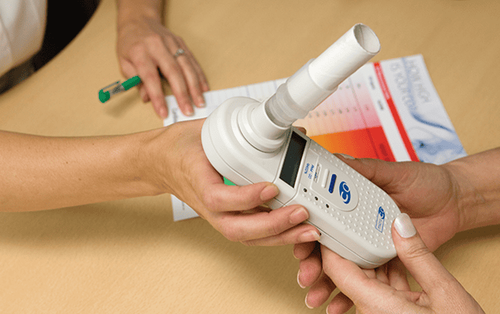
Xét nghiệm hơi thở là phương pháp thường thấy khi muốn chẩn đoán H.pylori
Breath test - A breath test (called a urea breath test) requires you to drink a specialized solution that contains a substance broken down by H. pylori bacteria. Decomposition products can be detected in your breath. Stool tests - Tests that detect H. pylori protein in stool. Blood tests - Blood tests can detect antibodies that the body's immune system develops in response to the H. pylori bacteria. However, it has been restricted in use because of concerns about accuracy.
4. Who should be tested for H.pylori infection?
You should be tested for H. pylori infection when:4.1 If you have symptoms Diagnostic testing for H. pylori infection is recommended if you have an active stomach or duodenal ulcer or if you have a history of an ulcer.
Although H. pylori infection is the most common cause of ulcers, not all patients with ulcers have H. pylori. Certain pain relievers and fever reducers (eg, aspirin, ibuprofen, naproxen) can also cause stomach ulcers.
4.2 If you have no symptoms H. pylori testing is not usually recommended if you have no symptoms and no history of peptic ulcer disease. However, it may be considered for certain populations, such as those with a family history or concern about stomach cancer, especially those of Chinese, Korean, Japanese or Japanese descent. Central America; These groups have a higher incidence of stomach cancer.
5. Treatment of H.pylori
People with a history of peptic ulcer disease, active gastric ulcer, or active duodenal ulcer associated with H. pylori infection should be treated. Successful treatment of H. pylori can help ulcers heal, prevent ulcers from returning, and reduce the risk of ulcer complications (such as bleeding).Guidelines in the United States and other countries recommend that patients requiring long-term anti-inflammatory drugs such as aspirin, ibuprofen, naproxen and similar drugs for arthritis and other medical conditions should be examined. H. pylori and if infected must be treated to eliminate the H. pylori infection.
Treatment regimens for H.pylori infection require a combination of drugs for 14 days.
Most treatment regimens require proton pump inhibitors (PPIs). This medication reduces the stomach's production of acid, allowing tissue damaged by the infection to heal. Examples of proton pump inhibitors include rabeprazole (Pariet), lansoprazole (Prevacid), omeprazole (Losec), pantoprazole (Protonix), dexlansoprazole, and esomeprazole. However, most PPIs lose their effect at pH5, some other PPIs such as Rabeprazole (Pariet) with pKa~5 keep it's acid-suppressing effect, helping to control acid quickly from day one, helping to reduce acidity. pain faster. Rabeprazole also significantly increases gastric mucus to help patients quickly reduce inflammation, stimulate ulcer healing. Combination of 2 antibiotics reduces the risk of treatment failure and antibiotic resistance. More and more patients with H. pylori infection are becoming resistant to antibiotics, so it is important to take all prescribed medications and have testing confirm that the infection has cleared up. To ensure effective treatment of H. pylori, it is important to adhere to the correct treatment regimen and for the prescribed time. Side effects of therapeutic drugs:
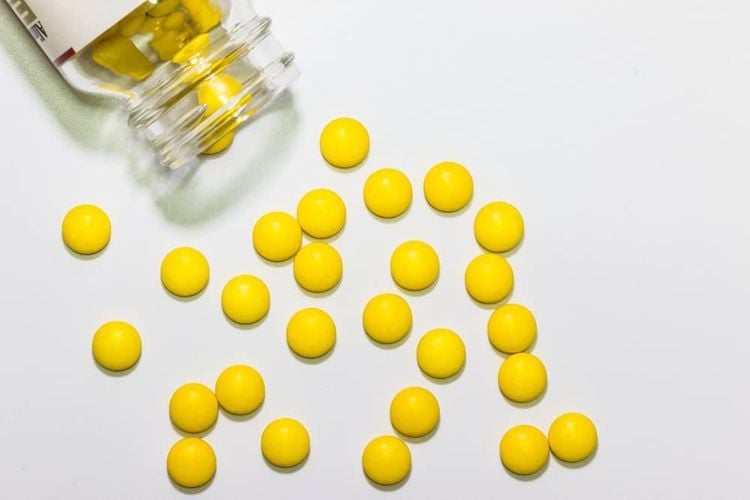
Các phác đồ điều trị nhiễm vi khuẩn H.pylori cần phối hợp nhiều loại thuốc trong 14 ngày
Regimen with metronidazole (Flagyl) or clarithromycin (Klacid) can cause a metallic taste in the mouth. Alcoholic beverages (eg, beer, wine) should be avoided while taking metronidazole; The combination can cause skin redness, headache, nausea, vomiting, sweating, and rapid heartbeat. Bismuth, which is available in some regimens, turns stools black and can cause constipation. Many regimens cause diarrhea and stomach cramps. Treatment failure:
Up to 20 percent of patients with H. pylori infection are not cured after completing the first course of treatment. In that case, your doctor will prescribe a second treatment regimen. This usually requires the patient to take a 14-day proton pump inhibitor and two antibiotics. At least one of the antibiotics is different from those used in the first course of treatment.
Follow-up after treatment:
After the end of H. pylori eradication, the doctor will re-test to make sure that the infection has resolved. This is usually done with a breath or stool test. Blood tests are not recommended to monitor H.p. eradication results because antibodies detected by the blood test usually persist in the blood for four months or more after treatment, even after the infection is cleared.
In summary, most people are cured after finishing two weeks of taking the drug. Some people need an extra two weeks. It is important to complete the course of all medications to ensure that the bacteria are killed.
It is recommended that all patients on H.pylori undergo a breath or stool test two weeks after the drug is finished. This is done to make sure the bacteria has been eradicated. Testing was performed 30 days after treatment ended and proton pump inhibitors were discontinued for 1 to 2 weeks prior to eradication testing.
Although the rate of people infected with HP bacteria progressing to cancer is not too high, this is also a big threat to the patient's health. Each person should have a proactive way to prevent and treat HP bacteria. Especially for those who have a history of digestive diseases or have family members who have been infected with HP bacteria. Early detection of HP bacteria makes the treatment process more effective. At Vinmec International General Hospital, using 13C carbon isotope in the breath test to diagnose H. pylori bacteria with the most advanced machine with 02 airbags, it has a very high diagnostic value (> 95%) ) while ensuring patient safety.
>> See also: Photodynamic therapy and vaccines in the treatment of helicobacter pylori - Posted by Master, Doctor Mai Vien Phuong - Gastroenterologist - Department of Examination & Internal Medicine - Hospital Vinmec Central Park International General Hospital
References:
Chey WD, Leontiadis GI, Howden CW, Moss SF. ACG Clinical Guideline: Treatment of Helicobacter pylori Infection. Am J Gastroenterol 2017; 112:212. Fallone CA, Chiba N, van Zanten SV, et al. The Toronto Consensus for the Treatment of Helicobacter pylori Infection in Adults. Gastroenterology 2016; 151:51. Malfertheiner P, Megraud F, O'Morain CA, et al. Management of Helicobacter pylori infection-the Maastricht V/Florence Consensus Report. Gut 2017; 66:6.




